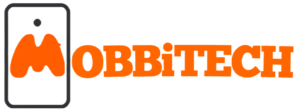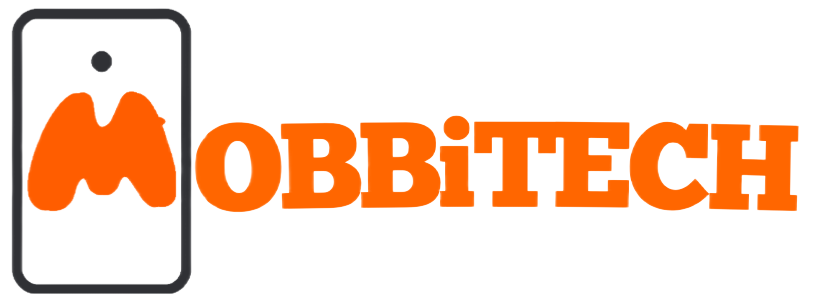Table of Contents
Imagine a world where medical students can practice complex procedures without ever stepping foot in an operating room or dissecting a cadaver. Thanks to 3D printing, this reality is closer to the truth than ever before. Yesterday was about memorizing a skeleton, but today is about studying 3D-print models. Let’s explore the ways 3D printing is improving medical school training and making medical professionals even better prepared for real-world practice.
Enhancing Anatomical Understanding With Realistic Models
3D printing is knocking down many barriers that medical schools currently encounter, such as limited access to cadavers and the prohibitive costs of traditional models. This technology has made it possible to print an accurate, detailed reproduction of intricate anatomical structures based on actual patient data. As a result, students gain a deeper understanding and appreciation for the complexity of the human body.
Customized Surgical Training Devices
3D printing has proven it can coexist with other educational methods. In addition to anatomical models, medical educators have used 3D printing to create life-like surgical training devices. These enable students to practice particular skills and techniques with models until they feel confident about performing them on patients with real devices. In doing so, this reduces the learning curve and improves surgical outcomes for patients.
Improved Patient Education
Often, it can be difficult for patients to understand complex medical procedures or conditions through verbal explanations alone. 3D printing is impacting medical care education for the better and helping professionals better communicate with their patients. Visual aids can help patients who are visual learners better understand their condition and effectively follow their treatment plans.
Changing the Future of Medical Education
Thanks to 3D printing, we’re witnessing a transformation in how healthcare professionals learn and train. Students can benefit from personalized and interactive learning experiences, enabling them to develop their skills more effectively—and it doesn’t stop at students. Medical professionals are improving their knowledge by using 3D printing. Furthermore, research in the field involves 3D bioprinting tissues and organs.
The Vital Role 3D Printing Has in Medical School
Incorporating technologies such as 3D printing into medical education is a critical enhancement to traditional teaching methods. Applying advanced technologies broadens opportunities for hands-on practice, making them indispensable for students who need to master precision and accuracy in complex medical procedures. Additionally, 3D printing amassed a great reputation for improving a student’s understanding of human anatomy. The ability to replicate patient-specific conditions provides a unique learning experience, preparing students for the varied challenges they’ll face in their medical careers. Ultimately, using 3D printing and similar technologies is vital for equipping future medical professionals with everything they need to excel in the medical field.
Encouraging Continued Innovation
One of the most exciting aspects of 3D printing’s impact on medical school training is its potential for future innovation. As 3D printing and similar technologies advance, educators, researchers, and medical professionals will be able to explore new ways to use it in their fields.
Also Read: The Education Potential of 3D Printing for Children

